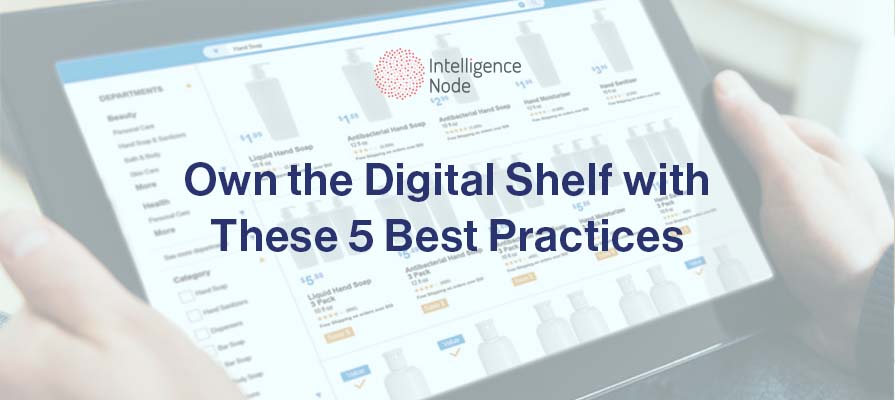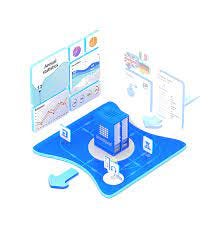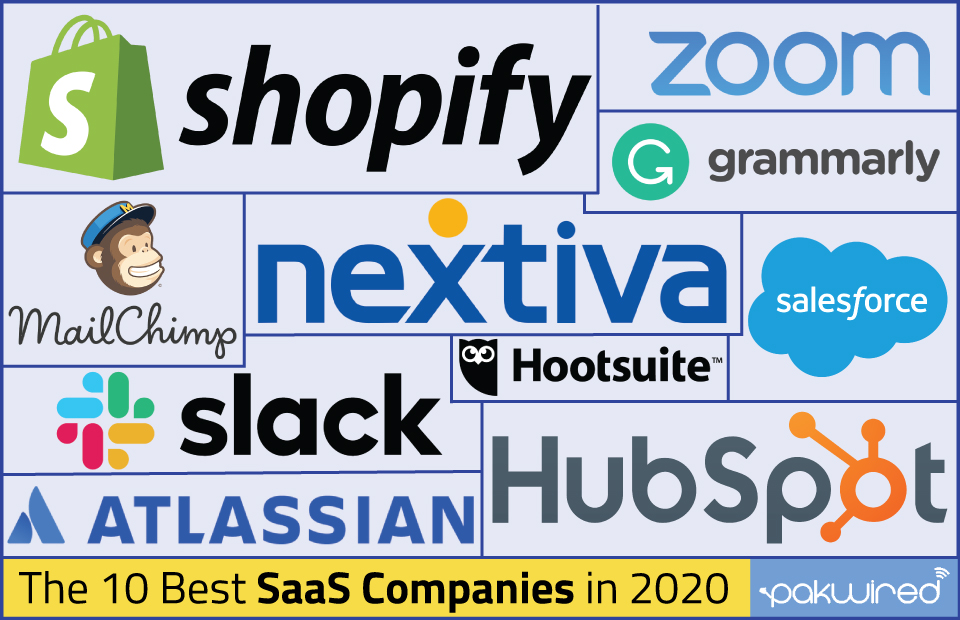What is Digital Shelf Analytics and Shelf Optimization?

Digital shelf analytics refers to the process of collecting and analyzing data related to product listings and their performance across various online platforms. It involves monitoring and evaluating key metrics such as product visibility, content quality, pricing, availability, customer reviews, and competitor analysis.
DSA applications serve as a solution for brands and manufacturers to gain visibility and control over their product listings on third-party digital channels. They automate data retrieval and provide actionable insights to optimize product content, improve performance metrics, and enhance the overall digital shelf experience.
Let’s first understand some basics related to digital shelf analytics, which will provide a solid foundation. Here are a few key terms:
- Digital Shelf
Online space where products or services are displayed and made available for purchase. It is an e-commerce concept that replicates the physical store shelf in a digital format, allowing customers to browse and select items for online transactions.
- Digital shelving
This is an approach to the practice of storing and organizing digital content, such as documents, files, or media, in a virtual or cloud-based system, making it easily accessible and searchable for users.
- Digital shelves
They are virtual platforms where products or services are showcased, mimicking the experience of browsing physical store shelves. These online environments enable customers to explore and select items for purchase, providing a convenient and interactive shopping experience.
- Digital shelf strategy
A digital shelf strategy is a comprehensive plan that surrounds the optimization, management, and promotion of products or services on digital platforms to drive visibility, engagement, and sales. A digital shelf strategist is responsible for developing and implementing strategies to optimize product visibility, enhance the customer experience, and drive sales on digital platforms.
- Digital shelf software
It helps businesses efficiently manage and optimize their online product presence by providing tools for inventory management, content creation, pricing optimization, competitor analysis, and performance tracking.
- Digital shelf optimization
It is essential to ensure that products or services are effectively presented, accurately described, and easily discoverable online, maximizing visibility, and customer engagement, and ultimately driving sales.
- Digital shelf monitoring
It refers to the ongoing process of tracking and analyzing the performance, visibility, and accuracy of products or services across various online platforms to ensure compliance with brand guidelines, identify issues, and make data-driven optimizations.
- Digital shelf management
It involves overseeing and executing the strategies, processes, and activities related to the organization, optimization, and maintenance of products or services on digital platforms to drive sales and enhance the overall customer experience.
- Digital shelf e-commerce
It refers to the online retailing of products or services through virtual platforms where items are displayed, enabling customers to browse, select, and make purchases electronically, providing convenience and accessibility.
- Digital shelf data
They are the information and insights collected from online platforms regarding product performance, customer behavior, competitor analysis, and other relevant metrics that can be used to inform decision-making and optimize digital shelf strategies.
Digital Shelf Analytics

We use Digital Shelf Analytics software to monitor, track, analyze, control, and enhance the performance of your products across various online channels. This solution enables us to track essential metrics like search share, product availability, pricing analytics, and reviews to drive your online growth. Gain valuable competitive insights by identifying product trends at both the category and brand levels across different marketplaces.
With the help of a digital shelf analytics tool, we can optimize our product assortment planning based on demand by leveraging data-driven insights. Reorganize our category assortment and strategically plan the ideal mix of merchandise to meet customer preferences and maximize sales potential.
With the help of digital shelf analytics, we can control product price benchmarking to ensure fair competition with our competitors by conducting price parity analysis. This tool allows us to maintain consistent pricing of our products across all seller platforms, especially in regions where the concept of minimum retail price (MRP) is not in place.
With 42Signals, we can gain insights into market fluctuations, current trends, and ongoing discounts within our business category. This information helps us strategically position and price your products to improve their competitiveness within the category. Additionally, we can monitor how price fluctuations for one product can impact our overall brand.
What You Need to Know About Digital Shelf Analytics Software
A digital shelf defines the online platforms and touchpoints where customers engage with your products, including search engines, reseller websites, and product pages, shaping their overall digital experience and interactions with your brand.
By 2030, the digital shelf market is projected to experience a robust growth of 40%, while eCommerce retail purchases are expected to increase from 14% to 22% this year. This surge in eCommerce adoption has prompted consumer packaged goods (CPGs) companies to embrace digital shelf analytics software and tracking tools. These tools enable them to gain a better understanding of their product placement and optimize conversions on the digital shelf.
Digital shelf analytics software tracks and measures product performance across various channels, providing insights on competitor analysis, pricing fluctuations, and search engine rankings. In the dynamic world of eCommerce, understanding statistics like high cart abandonment rates is crucial. DSA software empowers eCommerce brands and CPGs by analyzing trends and customer behavior to optimize their online presence, increase product discoverability, and drive conversion rates and sales.
Why digital shelf analytics matters:
To thrive in the digital realm, it is essential to create engaging product detail pages (PDPs) that captivate customers across multiple platforms, such as reseller sites, search engines, marketplaces, social media, and brand websites. Customers go through a journey of exploration, education, comparison, and ultimately making a purchase decision, both online and in physical stores. Having accurate and optimized product listings is of utmost importance.
Product Information Management (PIM) software plays a crucial role in simplifying the distribution of product data across various channels. However, it can also present its own set of challenges. This is where digital shelf analytics comes into play as a guardian, addressing these challenges and ensuring effective management of PDPs.
By leveraging digital shelf analytics, businesses can overcome obstacles related to PIM software and ensure that their PDPs are managed efficiently. This includes monitoring and analyzing data related to product listings, evaluating performance metrics, and making data-driven decisions to optimize PDP content and drive better customer engagement.
In summary, creating compelling and accurate PDPs across multiple platforms is essential for success in the digital landscape. PIM software simplifies content distribution, but challenges can arise. Digital shelf analytics acts as a guardian, addressing these challenges and ensuring the effective management of PDPs.
Digital shelf analytics offers continuous monitoring of product performance, providing insights on various aspects such as:
- Product performance: Provides real-time data on the visibility, accuracy, completeness, and competitiveness of your product listings.
- Buyer behavior: Reveals the reasons behind both over-performing and underperforming products, offering opportunities for improvement based on customer preferences and behavior.
- Channel competition helps assess your performance compared to competitors at a category level, allowing you to identify strengths, weaknesses, and potential areas for improvement.
How DSA technology works:
What are the benefits of digital shelf analytics software?

Digital shelf analytics software offers several benefits to businesses:
- Single Source of Truth: DSA software provides real-time data collection, allowing businesses to make strategic decisions and take quick actions based on accurate and up-to-date information.
- Comprehensive Understanding: It offers visibility into various factors influencing digital shelf performance, such as product content, pricing, and customer feedback, enabling businesses to gain a holistic understanding of their sales performance.
- Pricing Management: DSA software monitors price fluctuations and competitor pricing, helping businesses maintain a dynamic pricing strategy for optimal competitiveness.
- Product Performance & Sales Breakdowns: By analyzing data, DSA software helps identify underperforming and overperforming products, offers insights into sales for each product, and provides customer demographic information.
- SEO Optimization & Ranking: DSA insights enable businesses to optimize their product listings according to SEO best practices, improving discoverability and search engine rankings.
- Competitor Benchmarking: DSA software facilitates monitoring of competitors’ strategies, market share, and category performance, enabling businesses to assess their performance and identify areas for improvement.





